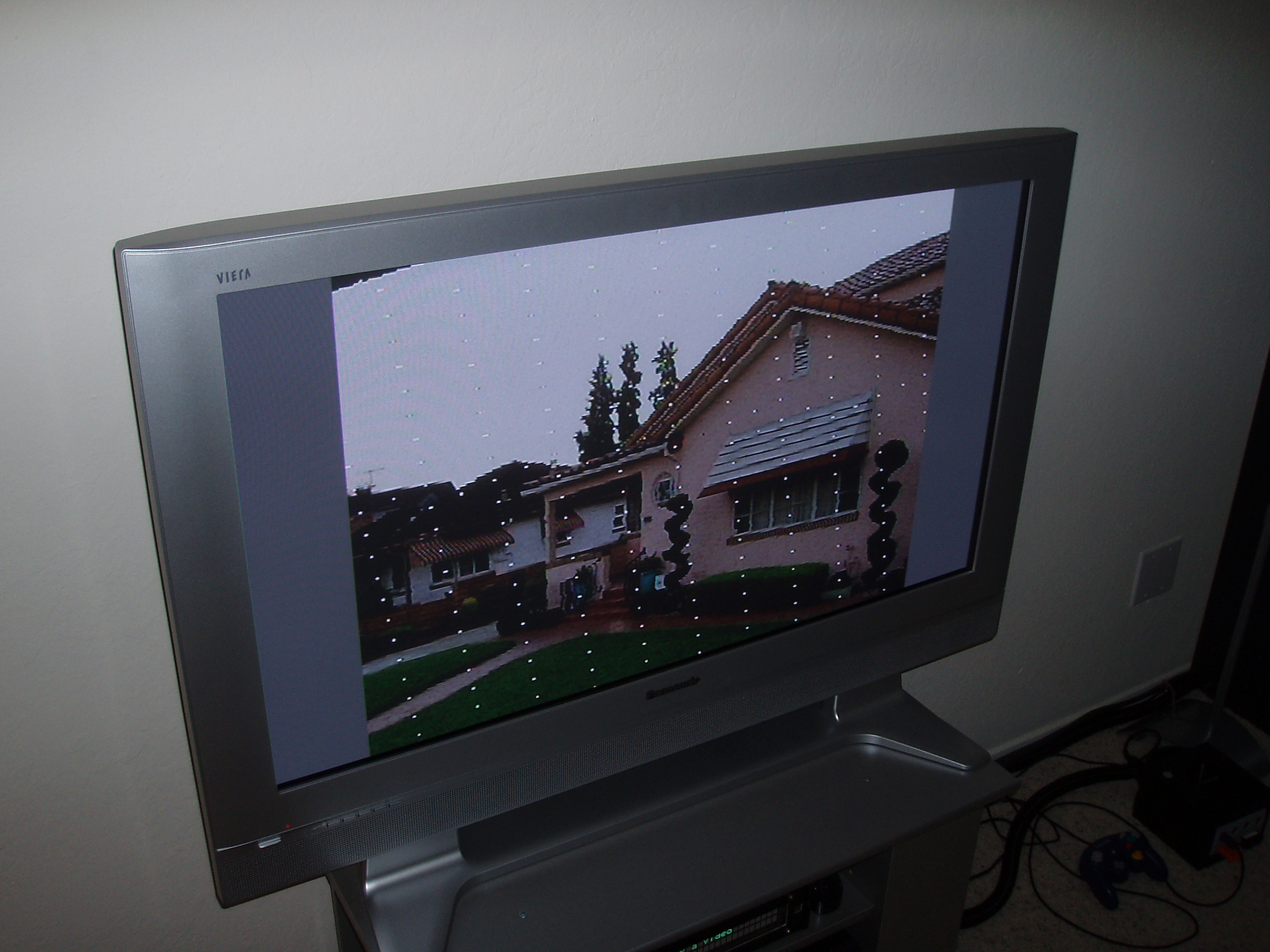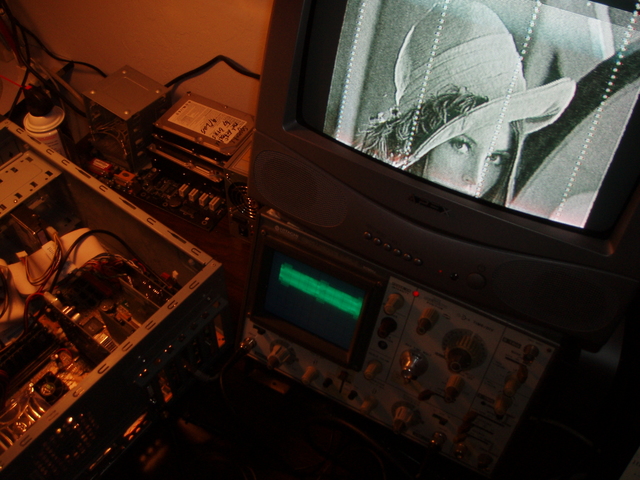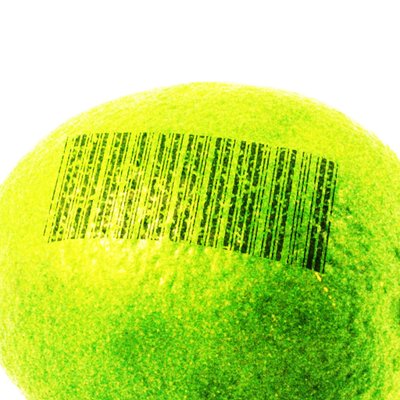Tag: ntsc
-

Life at 3.579545 MHz
Well, after an evening of cooking and hacking, I’ve managed to implement my own crazy software-only modulator for NTSC video. It can take an arbitrary JPEG image, turning it into an analog signal representing one field of color broadcast video. This analog signal happens to be playable by displaying a resulting image file on your…
-

Tempest for ATSC
Recently I have become intrigued by the little 75-ohm coax plug on my plasma TV. To me, television programming isn’t worth nearly what Comcast charges for cable. I mostly watch DVDs, or television shows downloaded over the interweb. After reading about the fairly powerful digital television coverage in the bay area, I decided to plonk…
